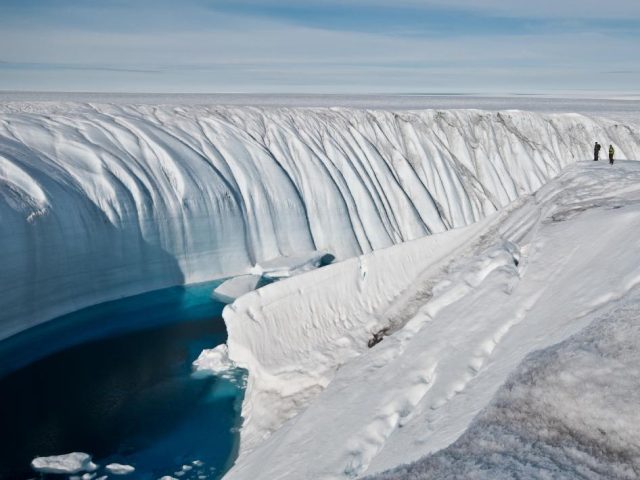New study finds it’s too soon to tell if ice sheet loss is accelerating
Ars Technica » Scientific Method 2013-07-17
Although the general outlines of climate change are a matter of basic physics, many of the details rely on a complex interplay of factors—some of which are still not thoroughly understood. For example, it's clear that a warmer world will mean larger sea levels. The oceans expand with heat, and land-based glaciers and ice sheets melt, dumping their water into the seas. But the exact rate of sea level rise and its ultimate end-point remain active areas of research.
This week, two papers have been released that bring some clarity to the situation. One of them looks at where the ocean levels are likely to end up centuries from now, when our planet is equilibrated to its altered climate. And the second looks at a warning sign of rising seas—the loss of ice from Greenland and Antarctica—but concludes there's no way to tell if that process is accelerating yet.
Trend spotting
We'll hit the ambiguous result first. Up until recently, it was very difficult to make an accurate estimate of the volume of ice present in the world's biggest ice sheets on Antarctica and Greenland. That changed with the launch of the GRACE mission, which can track the gravitational pull of the ice on orbiting satellites, providing a measure of the mass they contain. Since GRACE started taking data on the ice sheets in 2003, both ice sheets have clearly been shrinking. There have been some indications that the loss was accelerating, though different studies produced different values for the speed-up.
Read 11 remaining paragraphs | Comments





